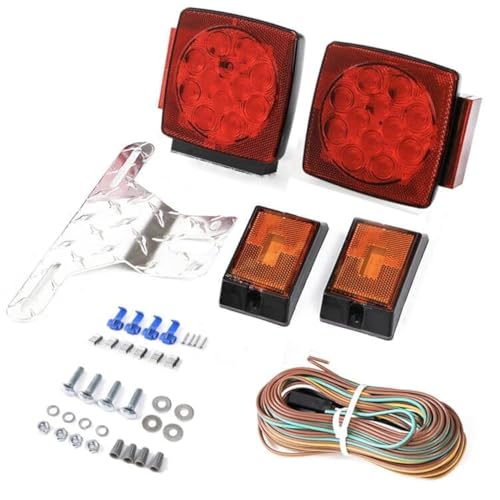No, not the best color for grease. lol
It appears your recipe included a just-add-water formula.
One can check the bearings and races by removing the whole hub assembly from the spindle. A large castle nut and cotter pin retains the whole thing.
From there, you can clean all the components, visually check for wear and pitting, repack the bearings with fresh grease, and reassemble. I typically leave the old races in the hub if going this route and new seals are a good idea.
I like Lucas tacky red grease but many options are available. Just choose a marine specific product as routinely dunking your rims underwater needs special additives for the occasional water intrusion.
However, a better idea is to replace the bearings no matter what. You can even buy them already packed if desired. Again, I leave the races alone unless you have access to an hydraulic press. (Using a BFH to seat new ones usually creates more problems than you already had.) And again, new seals are available in the new bearing packs.
And yet again, an even easier route, is to just replace the whole dumb assembly with new. The hub, bearings, and seals are available pre-assembled and pre-greased on the shelf in one blister pack. Just choose the lug pattern and spindle size for the seals and throw it on. It's a few dollars more out of pocket, but saves a ton of time, grief, and frustration. I like to throw one of these ready-made blister packs in the truck, too, for an on the road emergency.
If buying new assemblies, it's worth mentioning that choices are available for different ways to add grease through either a bearing-buddy type cap or through grease bungs in the hub itself. These are special options, though, and most on the shelf products don't include the upgrades.
The bearing-buddy style uses the volume in the cap to store extra fresh grease and a spring-loaded disc constantly applies pressure toward the bearings pushing new grease inward. The downside is that the old stuff slowly creeps out the rear seals. These spring-loaded caps are available separately and can be installed on any hub assembly.
The bung-fitting style usually locates the bung on the rear of the hub so that adding new grease from a gun will push the old grease outward through the bearings where it will collect in the cap and need to be removed from time to time.
Neither of the grease-adding options are necessary, though. One can always just open the standard assemblies up occasionally and do the regular maintenance.




































































